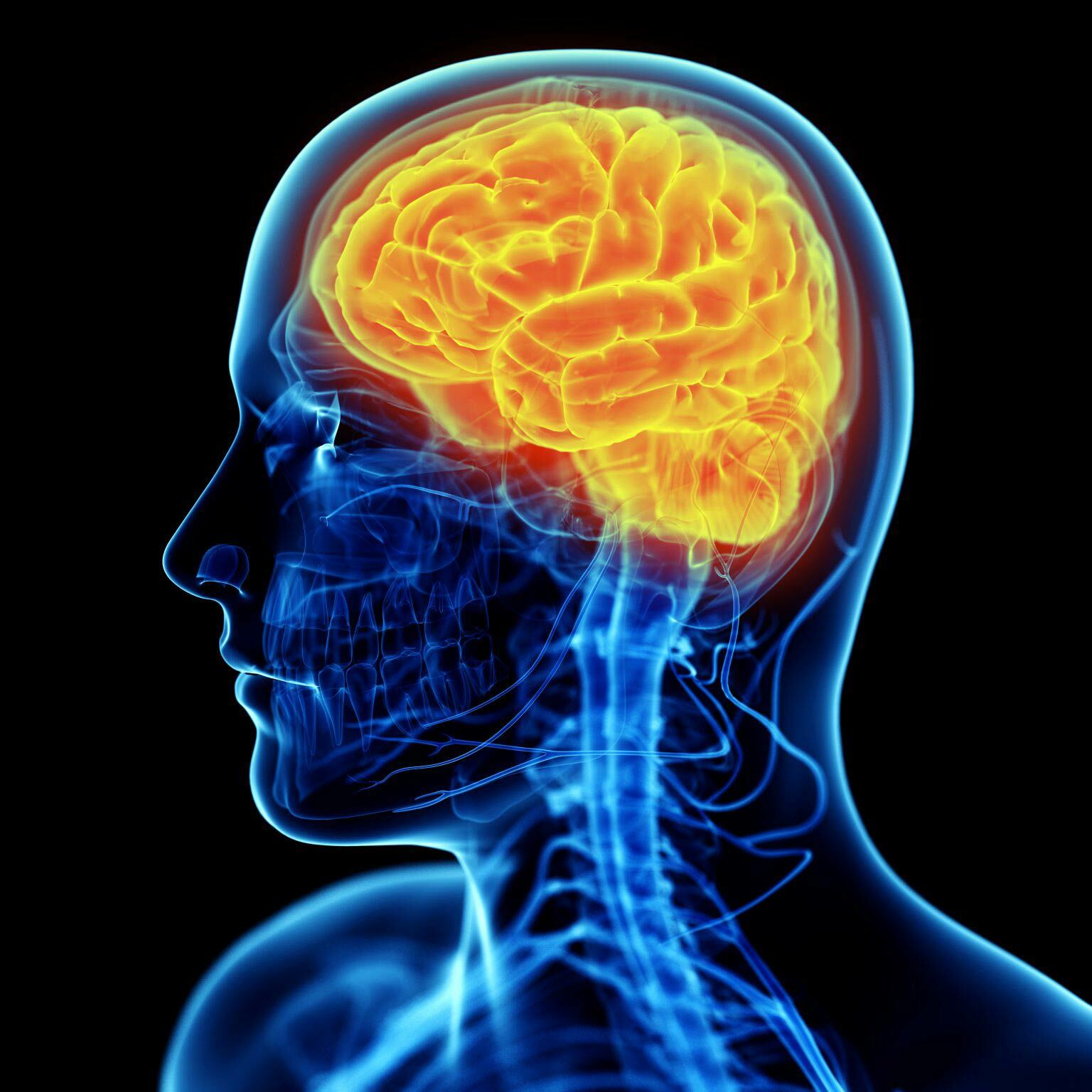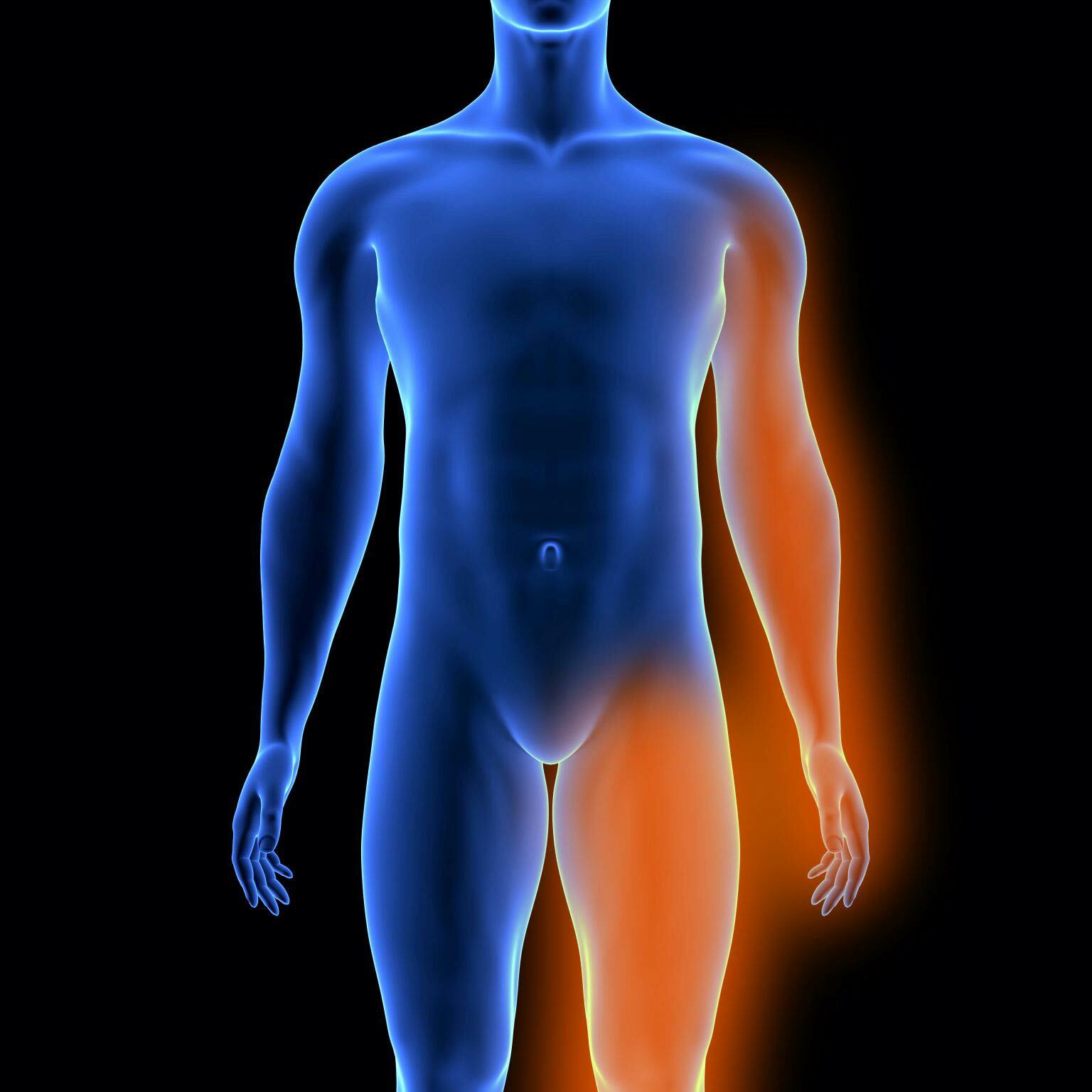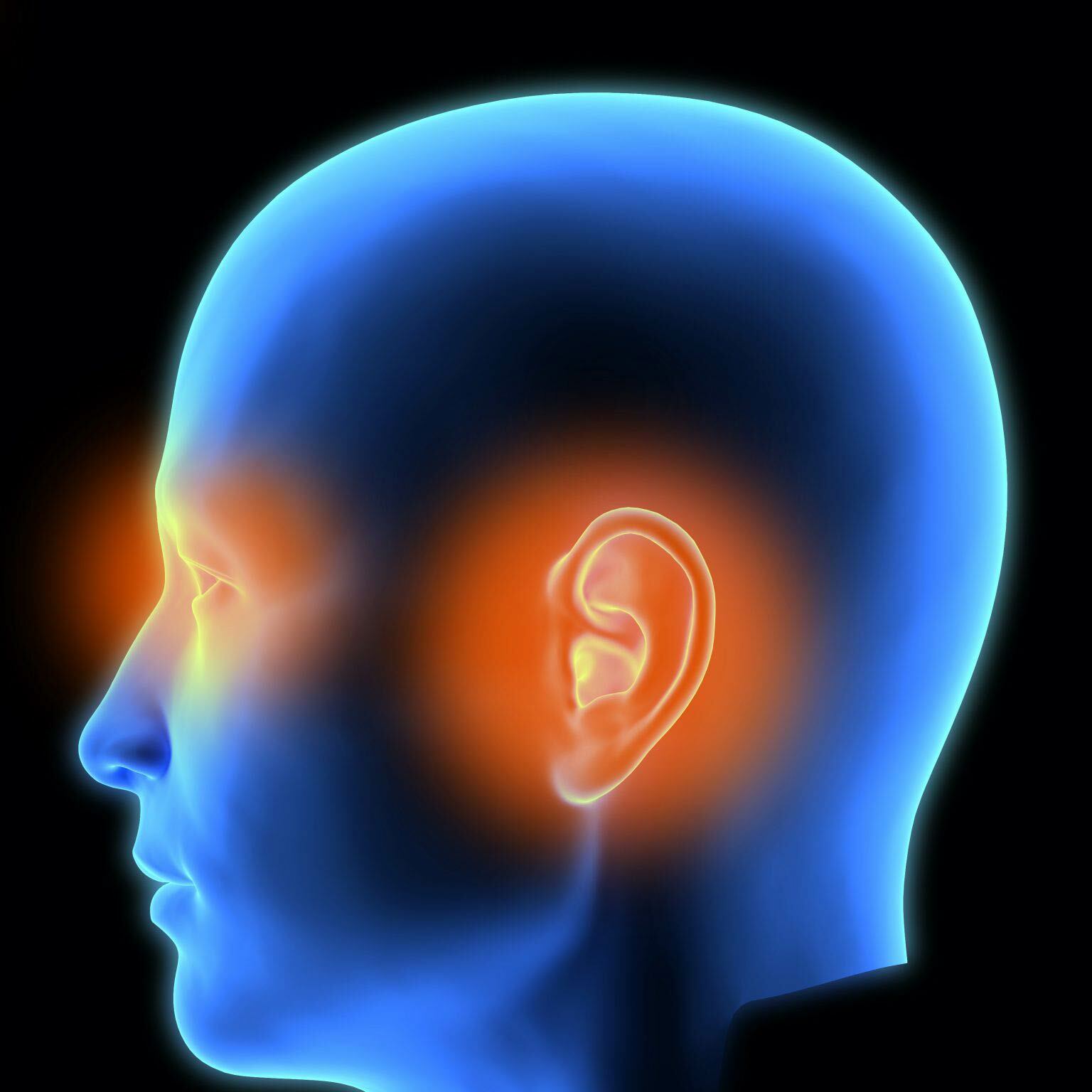Friedrich’s ataxia (FA) is a rare, inherited multisystem disease with prominent CNS and cardiac features and high unmet medical need. FA affects the nerves and spinal cord, causing loss of control of body movements (ataxia).
Only symptomatic treatment options are available, with none addressing the underlying cause of the disease—the defective frataxin gene
- Males and females are equally affected
- One in every 40,000 to 50,000 people have FA
- Approximately 9,000 patients in the United States and ~26,000 patients in the European Union are affected
The most common manifestations of FA are progressive neurological symptoms

LOSS of balance and coordination

LOSS of sensation in the arms and legs

LOSS of vision and hearing